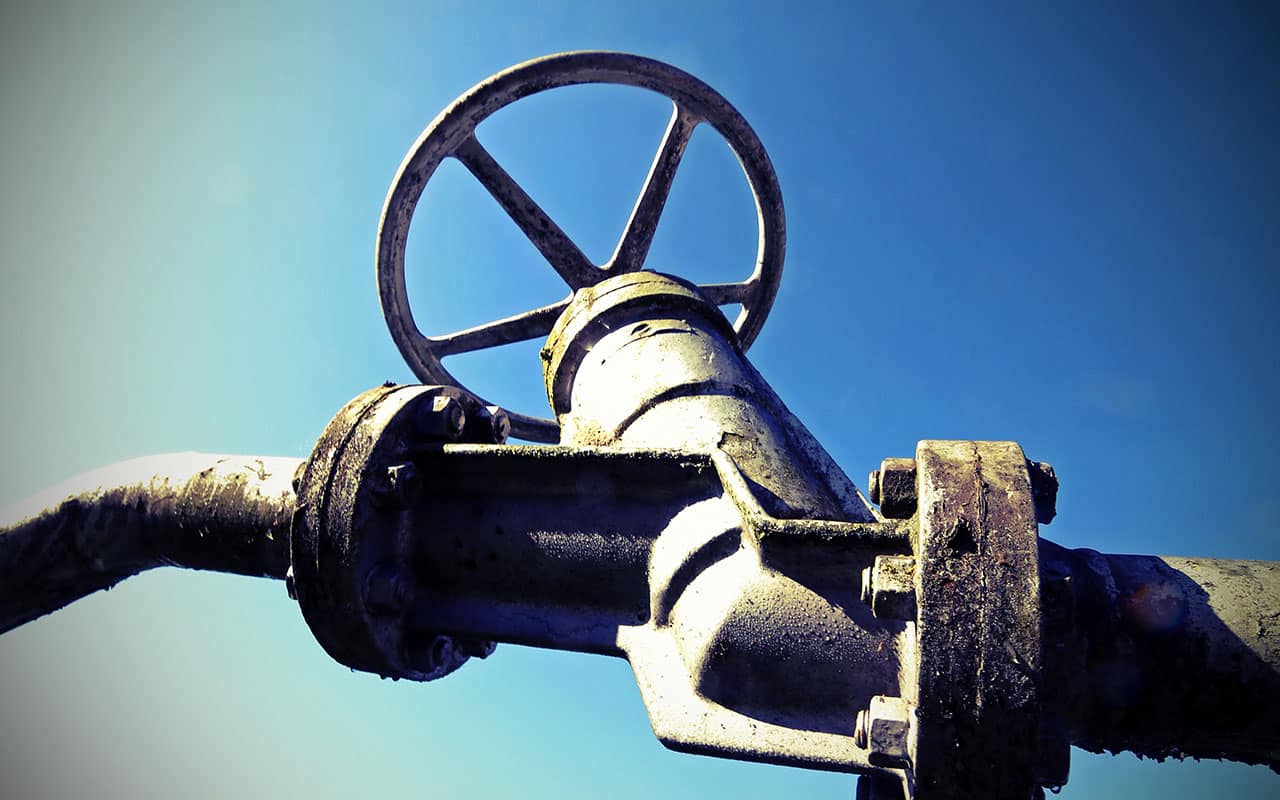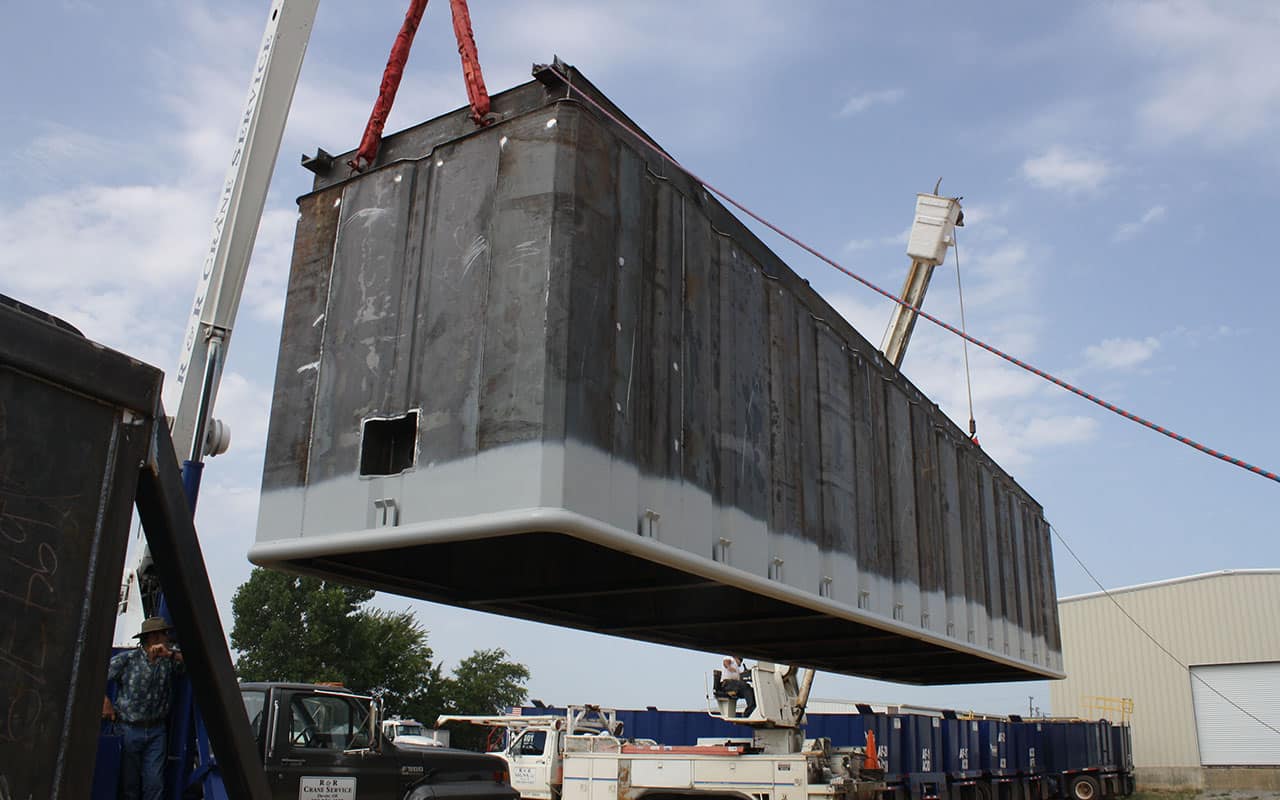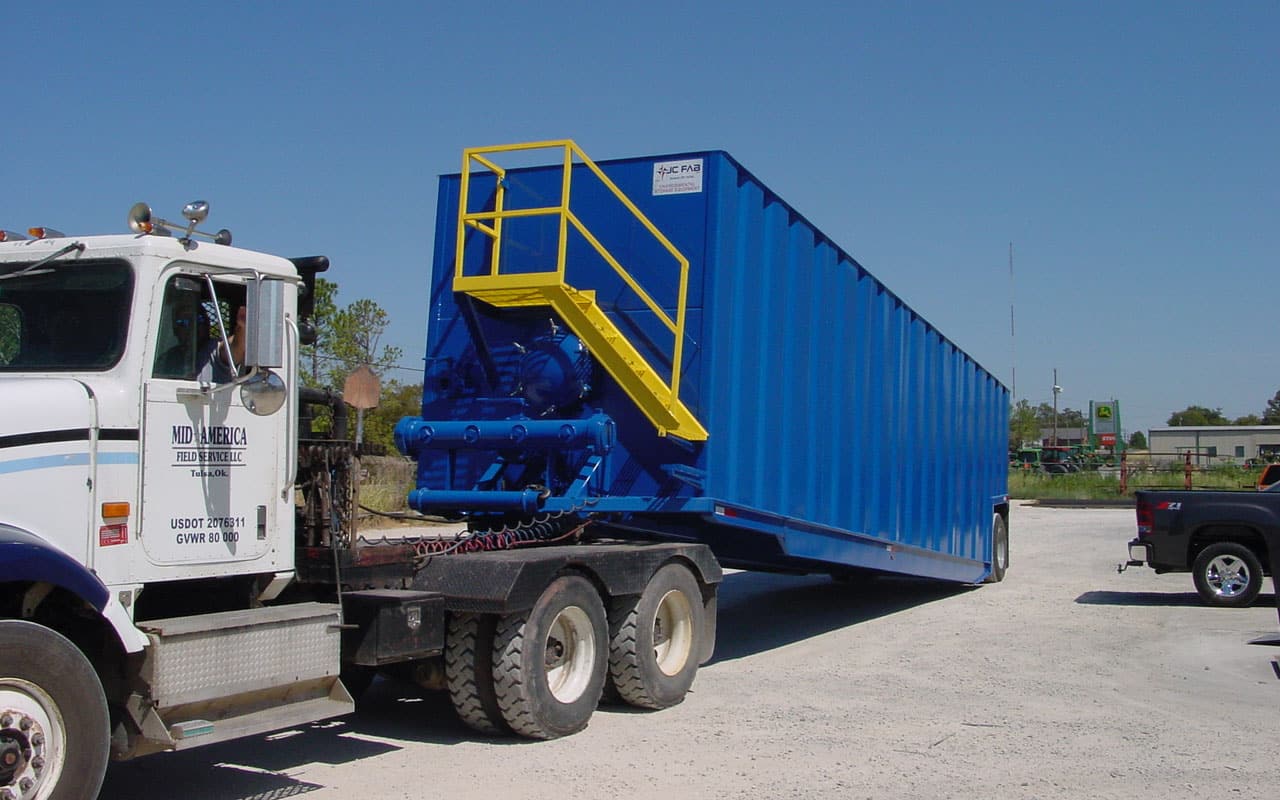
Oil and gas developers introduced fracking as a means to release hydrocarbons as efficiently as possible. Fracking is mostly responsible for this country’s surging oil and gas production over the past half-century or more.
Hydraulic fracturing involves tapping tight rock formations such as shale by drilling deeply below the surface (a mile or more). A mixture of water, sand, and other additives are pumped into the drilled well at high pressure, which creates small fractures in the rock.
A frac tank is a large mobile storage vessel used to store the acid integral to the fracking process. Tanks are generally able to hold 21,000 gallons or as much as 500 barrels of fluid. They are affixed with valves on one end which allows several tanks to be connected to a particular frac job.
Frac tanks first emerged in the 1940s, and the modern versions have been with us since the 1960s and 1970s, with a standard design. The original frac tanks, which remain in widespread use today, are a long rectangular steel box with corrugated walls. The tank has a flat roof and a v-bottomed floor. Frac tanks are able to fit perfectly on an 18-wheeler for easy transport to a job site.
There are other versions of this original frac tank, where the design has been tweaked to better serve a variety of needs. For example, some tanks have sealed roof hatches, different manways for side and roof access, and mixer capabilities. There are also smooth wall tanks and double-walled tanks for environmentally-sensitive projects.
Aside from the normal frac usage for which the tanks were designed, frac tanks are now being utilized extensively in the oil and gas industry for a variety of purposes.
Download our free guide to get the full list of alternative applications.





